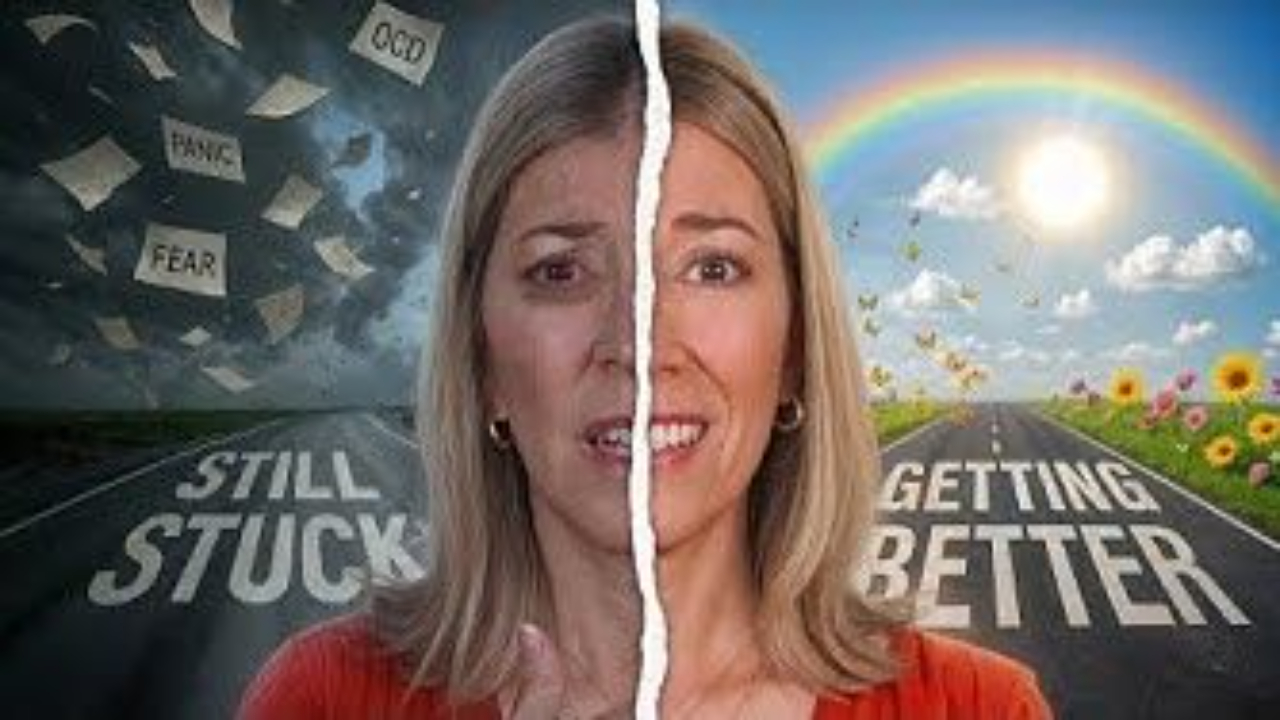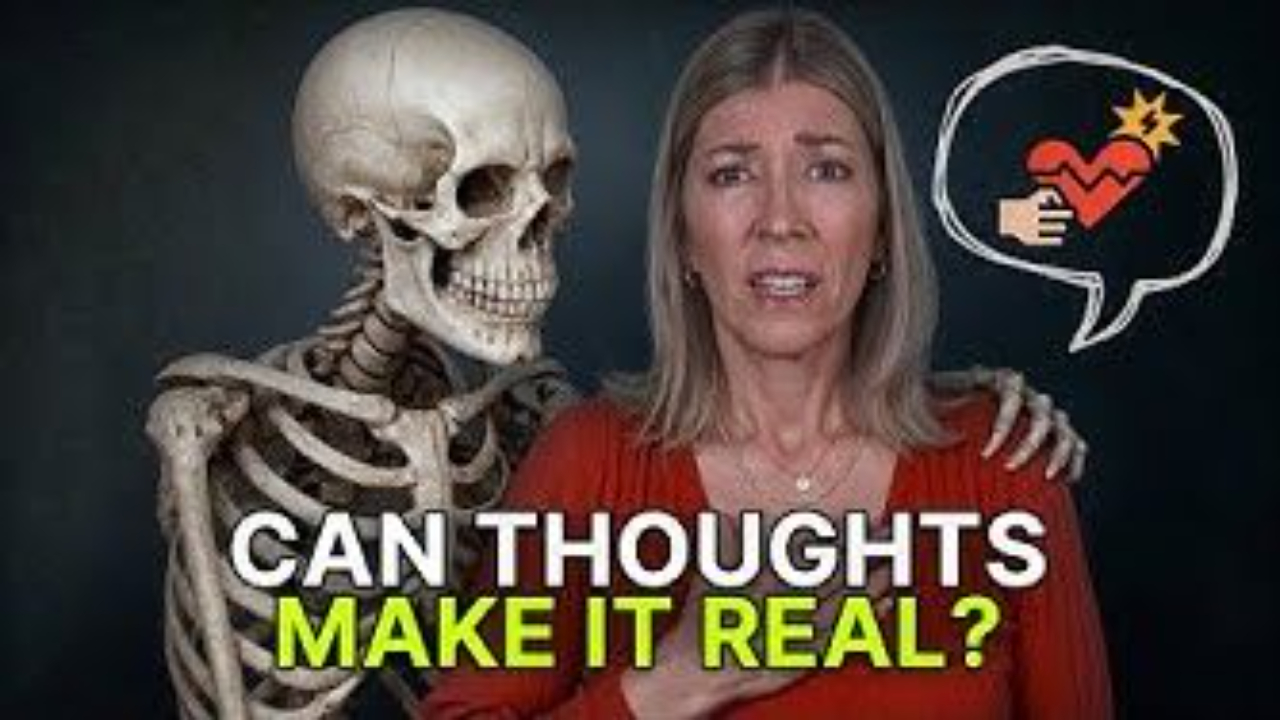
OCD Bubble: TRAPPED by Your Thoughts
Do you ever feel trapped in your own thoughts, unable to escape a cycle of doubt and worry, even though deep down you know it doesn't make sense? Welcome to the OCD bubble, a mental zone where reality and imagination blur until you're not sure what to believe. This concept, used in inference-based cognitive therapy, serves as a metaphor for the experience of living with obsessive-compulsive disorder (OCD) and health anxiety. Inside this bubble, sufferers grapple with doubts, avoidances, safety behaviors, and compulsions.
In the OCD bubble, reality is distorted by obsessive "what if" questions and catastrophic predictions. The world outside this bubble represents actual reality, where facts and evidence guide your decisions and allow you to engage fully in life.
Understanding the OCD Bubble
Imagine you're someone with contamination fears. Every object or surface might seem like a potential threat. You might see a perfectly clean object, one you've touched before without issue, and know by all sensory accounts that there's nothing wrong with it. Yet, OCD whispers, "What if it's not as clean as it looks?" This is where your brain moves beyond your senses and into your imagination, taking you into the OCD bubble.
In the world of OCD, doubts aren't driven by reality—they're fueled by imagination. Consider what OCD might say to someone with contamination fears:
- Germs are too small to see; there might still be harmful germs.
- Who else touched it? Could they be sick?
- Was it cleaned properly? Maybe it's still dirty.
- What if it's dirty? What if I get sick? What if I make someone else sick?
These thoughts aren't based on evidence; they're purely imagined possibilities. Yet, this imagination can create a convincing story that urges you to act.
The Impact of Living in the OCD Bubble
For those with OCD, obsessional doubt is created by distrusting your senses and common sense, instead focusing on remote possibilities rather than realistic probabilities. It's as if the brain is hijacked by an imaginary, fearful story based on these remote possibilities, leading to a life governed by compulsions and rituals.
The consequences of believing your OCD story and living in the bubble are profound. Each ritual, compulsion, and avoidance, while momentarily reassuring, only serves to keep you trapped in the bubble. For example, imagine leaving your home and locking the door. Instead of trusting what you saw, felt, and heard, OCD plants the seed of doubt: "Maybe I didn't lock it." OCD makes you doubt your own senses and pushes you to check again, convincing you that this will keep you safe. But instead, it sabotages your life—you might check the door so many times that you're late to work, or wash your hands so much that you damage your skin. The irony is that the more you try to resolve these doubts through compulsions, the more you feed your OCD, making you feel less secure and more anxious in the long run.

Are you struggling with OCD or Pure O? Do obsessive thoughts, rituals, and compulsions take over your life? Has it been hard to find a specialist to help you?
If you want to get your life back from OCD or Pure O,
this course is for you.
Crossing the Bridge: A Metaphor for Recovery
Now, picture yourself standing on a bridge. On one side is reality—what you know to be true. On the other side is your imagination, the OCD bubble. You have a choice: you can step back into reality, where your doubts are irrelevant and meaningless, or you can jump into the OCD bubble, where every doubt demands constant examination, rumination, and endless compulsive rituals.
Recognizing this moment of choice is the first step toward recovery. This metaphor applies not just to OCD, but also to health anxiety. When you notice a body sensation and start to worry, you're on that same bridge. Will you imagine a terrifying remote possibility about what that sensation might mean, or will you stay grounded in reality and move on with your day?
Four Steps to Escape the OCD Bubble
Breaking free from the OCD bubble begins with awareness. Here are four steps to help you avoid jumping into the OCD bubble:
- Identify the Trigger: Recognize the thought, image, or body sensation that shifts you from reality to doubt.
- Pause and Reflect: Before acting on the doubt—by avoiding or performing a ritual—pause. Visualize yourself on that bridge, with the OCD bubble on one side and reality on the other.
- Choose Consciously: Move toward reality, where doubts are seen for what they are—mere speculations without proof.
- Write and Reflect: Document your experiences, understand your patterns, and discuss them in therapy or support groups. This daily exercise helps you slow down the process, giving you a moment to choose and gradually find your way out of the OCD bubble.
Moving Forward
Breaking free from the OCD bubble isn't about denying your feelings but understanding and redirecting them. Remember, you're not alone in this journey. By recognizing the OCD bubble and making conscious choices to stay grounded in reality, you can reclaim your life and start living without the constant burden of doubt and fear.
If you're not in a supportive community where you feel safe to share, I invite you to join the WarmHeart Hub, it's a mental well-being community filled with compassionate and understanding people and I'm there as well to answer your questions and to offer support. You can find the WarmHeart Hub at Paige Pradko.
Let's Keep in Touch
Subscribe to My Newsletter
We hate SPAM. We will never sell your information, for any reason.







